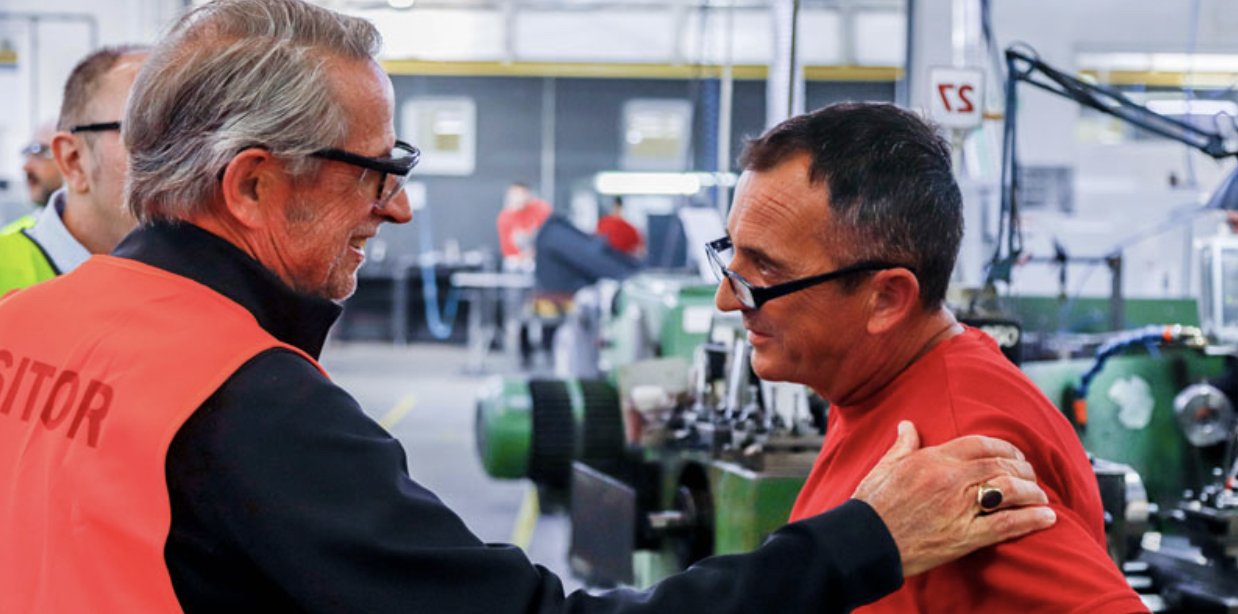How Great Leadership Teams Build Trust During Change
In every organization, change is constant. A new strategy, a restructuring, a product shift, or a realignment of priorities. Yet for all the energy leaders invest in designing change, far less attention is given to explaining it. According to a Gallup study, only 13% of employees strongly agree that leadership communicates effectively about what is happening in their organization.
When people do not understand why a change is being made, uncertainty fills the void. Speculation spreads faster than truth. Morale dips. Productivity slows. Trust erodes. And even well-intended initiatives lose momentum before they begin. If you are facing significant resistance to a current change initiative you are leading, it could very well be that people aren’t frustrated with the change - they're frustrated because they don’t understand it.
When leaders take the time to explain the “why,” something different happens. Anxiety gives way to clarity. Resistance softens into curiosity. The organization moves together, not apart. Great communication should be at the center of every change initiative.
Lessons from Barry-Wehmiller
Barry-Wehmiller, a global manufacturing and engineering company, has built its reputation not just on operational excellence but on what they call Truly Human Leadership, a belief that every person deserves to feel valued, cared for, and informed.
When one of its acquired companies faced the need for a restructuring, the leadership team resisted the traditional instinct to finalize decisions in private and announce them later. Instead, they began by listening. They invited employees into open discussions about the challenges ahead, asked for input on possible paths forward, and most importantly, explained why the change was necessary.
They spoke candidly about shifting markets, rising costs, and the long-term health of the business. They connected the change to something deeply human, the desire to protect jobs for the long term, to keep serving customers well, and to honor the people whose work made the company what it was.
When the decisions were finally made, they were not easy. But because people had been brought into the story, because they understood the rationale, the tradeoffs, and the heart behind the change, trust held firm. The leadership team did not just communicate change, they led people through it.
Building Ownership and Agency
Change done to people creates resistance. Change done with people builds ownership.
When teams are invited into the decision-making process, even in small ways, they develop a sense of shared responsibility for the outcome. They understand the tradeoffs. They feel seen. And when the change moves from planning to implementation, those same teams are far more likely to engage constructively because they helped shape what comes next.
Giving teams agency does not mean relinquishing leadership. It means designing a process where people can take meaningful part in bringing the change to life. Invite them to own how the change will unfold in their areas. Ask them to adapt systems and routines to make it work locally. The more ownership they have, the faster alignment spreads.
Barry-Wehmiller embodies this spirit. They do not see communication as a task to complete, but as an ongoing relationship, a continual exchange of context, care, and trust.
Why the “Why” Matters
The best leaders know that clarity and care are not opposites. Explaining the “why” does not weaken authority; it strengthens alignment. When people understand the rationale behind decisions, they can see how their work fits into the larger picture. They move from compliance to commitment.
Failing to communicate the “why” does the opposite. It leaves room for doubt, fear, and personal stories to take root. When change feels arbitrary or top-down, even the most loyal employees can feel disconnected or betrayed. Explaining the “why” is not about justification. It is about connection. It is how leaders ensure that decisions made at the top translate into confidence throughout the organization.
The C.A.S.E. Framework for Communicating Change
If you want to strengthen how your team communicates change, you can use a simple frame to guide your approach. Before you share what is happening, build your C.A.S.E.:
A Challenge to Leaders
If you are leading through change, here are a few questions to ask yourself and your team:
Before the change:
Who will be most affected, and how can we involve them early?
Have we clearly defined the why behind this decision?
During the change:
How will we communicate context and acknowledge impact?
Are we inviting real dialogue, or are we simply informing people?
After the change:
How can we reinforce connection and continue building trust?
Every leader faces moments when difficult decisions must be made. The difference between leaders who erode trust and those who deepen it lies in how they communicate.
Explaining the “why” takes time, courage, and care. But it transforms change from something people endure into something they help build. When people understand the “why,” they can embrace the “how.”
-Shaun and Joe


